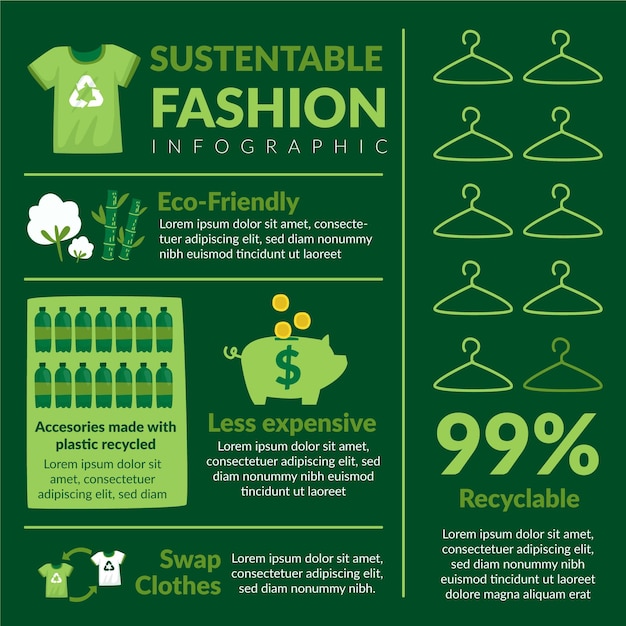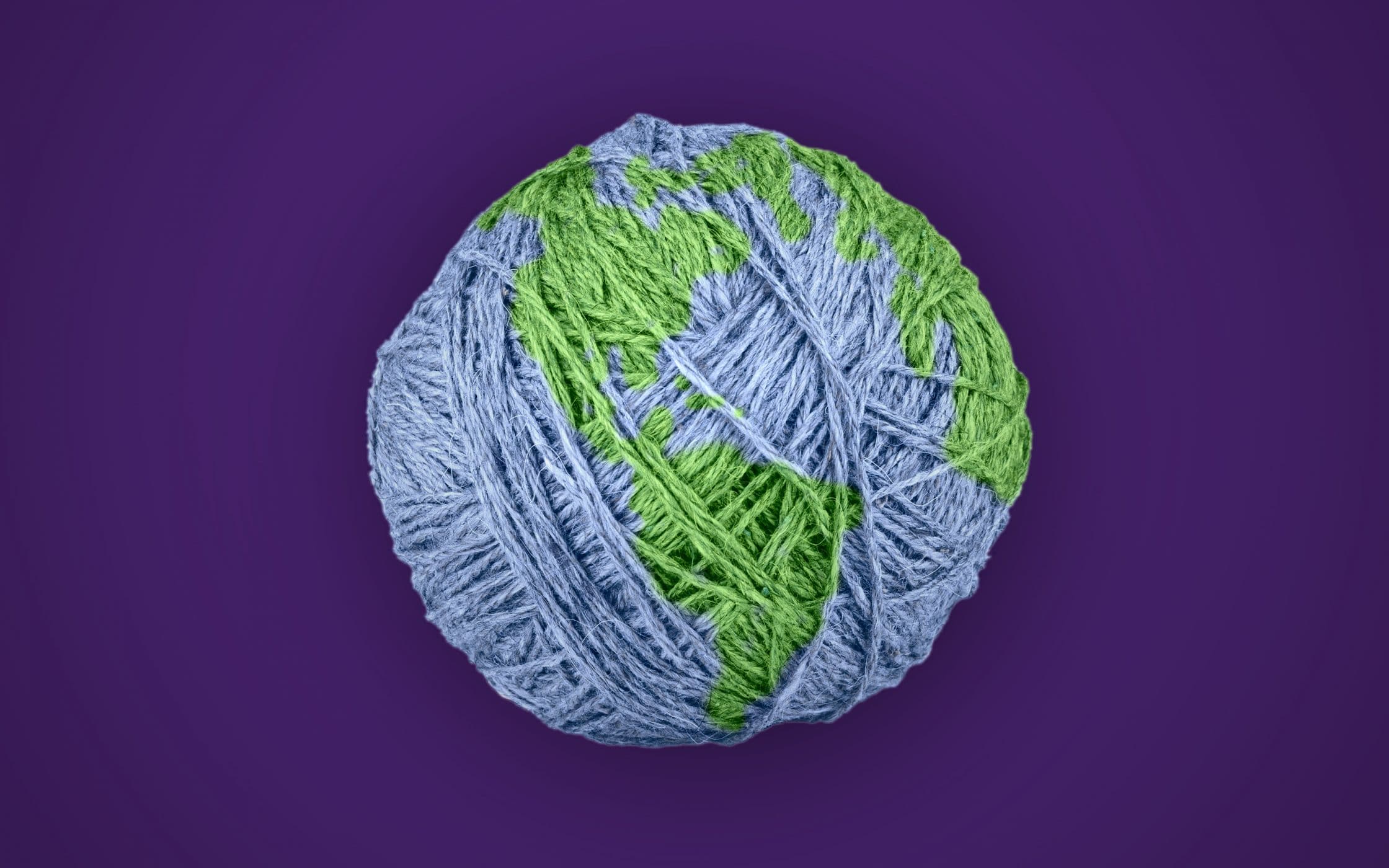Remain Ahead of the Contour by Checking Out Ingenious Style Fads
In a sector as vibrant as style, staying ahead entails greater than simply adhering to current trends-- it demands an expedition of development. Smart textiles, for example, are changing garments into functional masterpieces, while 3D printing is transforming style procedures with its adjustable, waste-reducing capabilities. As sustainability comes to be a keystone, technologies like environmentally friendly materials and round fashion methods are improving environmental duty - Cape Town Sustainable Fashion. Furthermore, the convergence of technology and style heralds a brand-new age of consumer interaction. Just how, then, can these emerging patterns redefine the future of style, and what implications do they hold for brands seeking to prosper in this developing landscape?

Welcoming Smart Textiles
In recent times, the apparel industry has actually observed a transformative shift with the integration of smart textiles, a sophisticated technology that mixes modern technology with fabric. This advancement stands for not just a blend of aesthetic appeals and functionality but additionally a substantial leap towards sustainability and personalization in fashion. Smart textiles, also referred to as e-textiles, installed advanced electronics such as sensing units and conductive strings within the textile, making it possible for garments to connect with the setting or the wearer.
These fabrics are designed to monitor physiological criteria, such as heart price or body temperature level, giving real-time health and wellness analytics. Beyond health applications, smart fabrics are additionally being used for adaptive clothing, which can transform shade or pattern in feedback to environmental stimuli, thus providing a dynamic style experience.
In addition, the advancement of energy-harvesting textiles that produce power from motion or sunlight is leading the method for self-dependent wearable technology. This technology is interesting ecologically aware consumers and developers intending to reduce the eco-friendly footprint of fashion. As r & d in this area advance, wise fabrics are anticipated to end up being significantly common, reshaping the landscape of modern fashion with their multifunctional capacities.
The Increase of 3D Printing
Reinventing the production landscape, 3D printing has become a game-changer in the fashion business. This advanced modern technology has made it possible for designers to press the limits of creative thinking, creating intricate and personalized garments that were formerly unthinkable. By leveraging electronic style and additive production, 3D printing promotes the creation of complicated geometries and patterns, permitting developers to experiment with new appearances and frameworks.
A notable advantage of 3D printing in vogue is its ability to create on-demand, minimizing waste and decreasing inventory requirements. This performance not just maximizes production processes yet additionally permits rapid prototyping, allowing designers to bring their visions to life in a shorter duration. Additionally, 3D printing supports personalization to a level unequaled by typical methods, providing one-of-a-kind styles and personalized fits tailored to individual customer choices.
The increase of 3D printing has actually likewise equalized style, making it accessible to emerging designers that can currently make top quality items without considerable economic investment in traditional manufacturing facilities. As technology remains to advance, the fashion sector is positioned to harness the complete capacity of 3D printing, checking out brand-new products and strategies that will most certainly redefine how fashion is conceived and produced.
Lasting Style Technologies
As the apparel industry comes to grips with journalism need for environmental duty, sustainable fashion technologies have arised at the leading edge of transformative change. The growing awareness of eco-friendly influence has sustained a shift towards more eco-conscious techniques and materials. Brands and developers are now prioritizing sustainability, incorporating techniques that reduce waste and reduce carbon footprints.
One substantial advancement is the surge of circular fashion, which highlights recycling and upcycling to expand the lifecycle of garments. This technique not just reduces waste yet also motivates consumers to take on a more mindful technique to clothes usage.
An additional innovation depends on the fostering of cutting-edge dyeing methods that use waterless processes or natural dyes, therefore decreasing the huge quantities of water and chemicals generally made use of in fabric dyeing. Furthermore, advancements in biotechnology have actually caused the production of lab-grown natural leather and fabrics, providing cruelty-free and ecologically pleasant options to traditional materials. Through these introducing initiatives, the garment industry is making purposeful strides in the direction of a much more sustainable future.

Tech-Integrated Clothing
Tech-integrated apparel represents a revolutionary blend of style and innovation, reshaping just how people communicate with their garments. This innovative domain name is marked by the addition of clever fabrics and ingrained digital components, boosting both useful reference capability and visual allure. From physical fitness trackers embedded in sports apparel to warmed coats regulated by means of smart device applications, tech-integrated apparel supplies customers unprecedented benefit and flexibility.
Introducing brands are driving this pattern, concentrating on creating garments that reply to ecological stimuli or customer commands. As an example, some garments can alter shade or pattern in feedback to temperature shifts, while others include biometric sensing units to keep track of wellness metrics like heart price or stress degrees. The seamless integration of modern technology right into fabrics also includes ecological sustainability, with initiatives to develop self-cleaning materials or garments that get used to climate condition, hence minimizing the need for multiple layers.
In addition, the introduction of wearable innovation is not simply restricted to apparel yet includes accessories like watches and glasses, further broadening the range of tech-integrated fashion. As the market remains to innovate, the possibility for modification and customization in clothing expands, offering consumers distinct, tech-enhanced fashion experiences that accommodate their private needs and preferences.
Future of Virtual Style
Over the last few years, the future of virtual style has actually arised as a transformative force within the industry, leveraging developments in digital modern technology to redefine just how style is produced, experienced, and eaten. By integrating increased fact (AR), online reality (VR), and 3D design devices, developers can now craft immersive and interactive experiences that go beyond typical style boundaries. Virtual style enables the production of garments that exist only in digital environments, using endless opportunities for advancement without the limitations of physical production.
This digital change not only offers opportunities for imaginative expression however also addresses sustainability issues intrinsic in conventional style methods. Cape Town Sustainable Fashion. By removing the need for physical sources, virtual fashion lowers waste and decreases carbon footprints. In addition, the increase of digital fashion straightens with the enhancing consumer demand for customized and special experiences, as virtual garments can be personalized and customized to individual preferences with convenience

Verdict
The fashion market's future lies in the assimilation of cutting-edge technologies and sustainable techniques. Digital style is poised to redefine customer interactions.
In recent years, the fashion sector has actually witnessed a transformative shift with the assimilation of clever textiles, an innovative technology that mixes innovation with textile.As the style sector grapples with the pushing requirement for environmental obligation, sustainable style innovations have actually emerged at the leading edge of transformative adjustment.In recent years, the future of digital fashion has actually arised as a transformative force within the market, leveraging developments in digital innovation to redefine exactly how fashion is created, experienced, and taken in. The rise of virtual fashion aligns with the increasing customer need for one-of-a-kind and personalized experiences, as virtual garments can be customized and customized to specific preferences with simplicity.
The fashion industry's future lies in the integration of sustainable right here practices and ingenious technologies.
Comments on “Cape Town Sustainable Fashion: Eco-Friendly Trends to Enjoy”